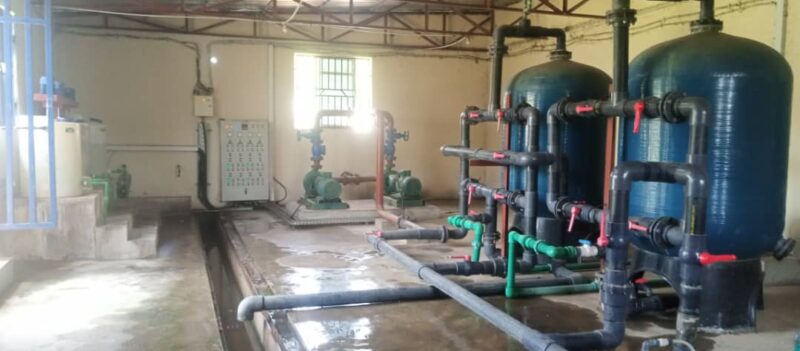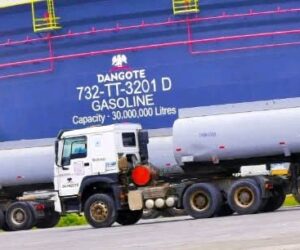The Jebba Water Works in Moro Local Government Area of Kwara State produces about 200,000 litres of water daily, with 150,000 litres supplied to the overhead tank for distribution across the community.
The facility, located in Kwara North Senatorial District, was commissioned by the state government in May 2024 to improve access to clean water for residents.
During a media tour by members of the Correspondents’ Chapel of the Kwara State Council of the Nigeria Union of Journalists, the Water Operator, Mr. Sulaiman Abdulwaheed, said residents now have access to clean water for three to four hours daily.
SPONSOR AD
He explained that the plant sources its water from the River Niger, which passes through several purification stages before reaching consumers.
“We get the water from the River Niger to the pressure house where all sediments are removed, then to the filter where the water becomes about 70 percent clean,” Abdulwaheed said.
He added that the water is later transferred to another tank where chlorine and alum are added and left for between 15 and 30 hours before being released to the overhead tank for public use.
According to him, the community could enjoy up to 12 hours of daily water supply if the mainline pipe, overhead tank, and power support systems are upgraded.
“We currently pump water for about two to three hours daily because the mainline pipe cannot withstand higher pressure,” he said.
“With a larger pipeline, an increased overhead tank capacity, and a standby generator to tackle power challenges, the community can have up to 12 hours of steady water supply.”
Abdulwaheed commended the state government for easing the community’s long struggle with water scarcity but appealed for further intervention to ensure sustainability.
“The governor has truly relieved us of many years of hardship without water,” he said.
He submitted that “We only ask that the government help increase the tank capacity from 200,000 litres to 300,000 litres and provide a standby generator, so our people can have regular access to clean water.”








